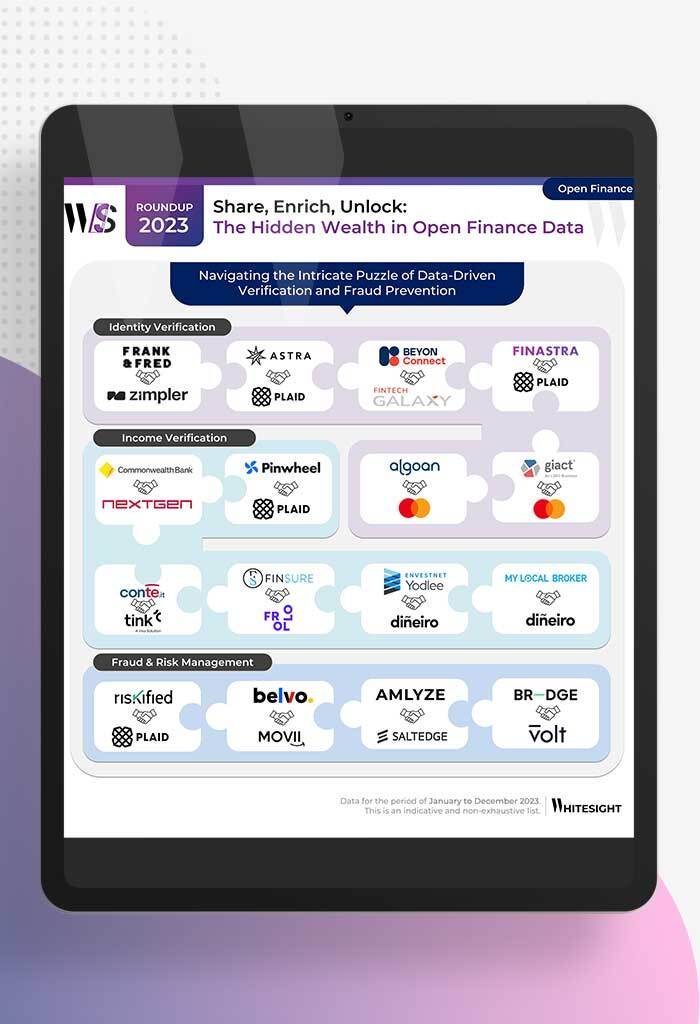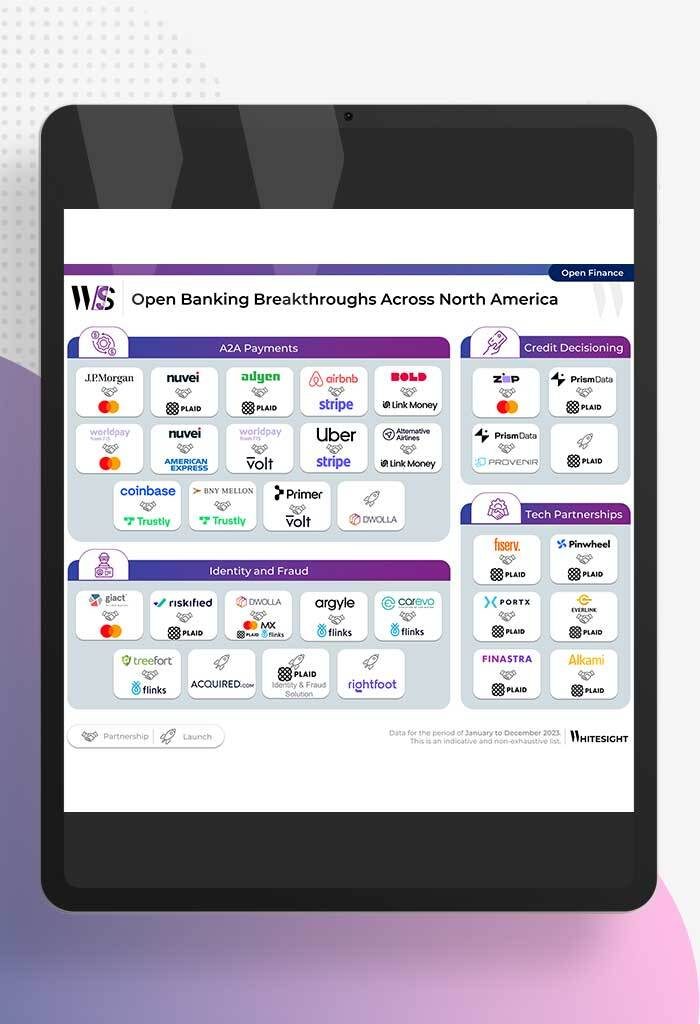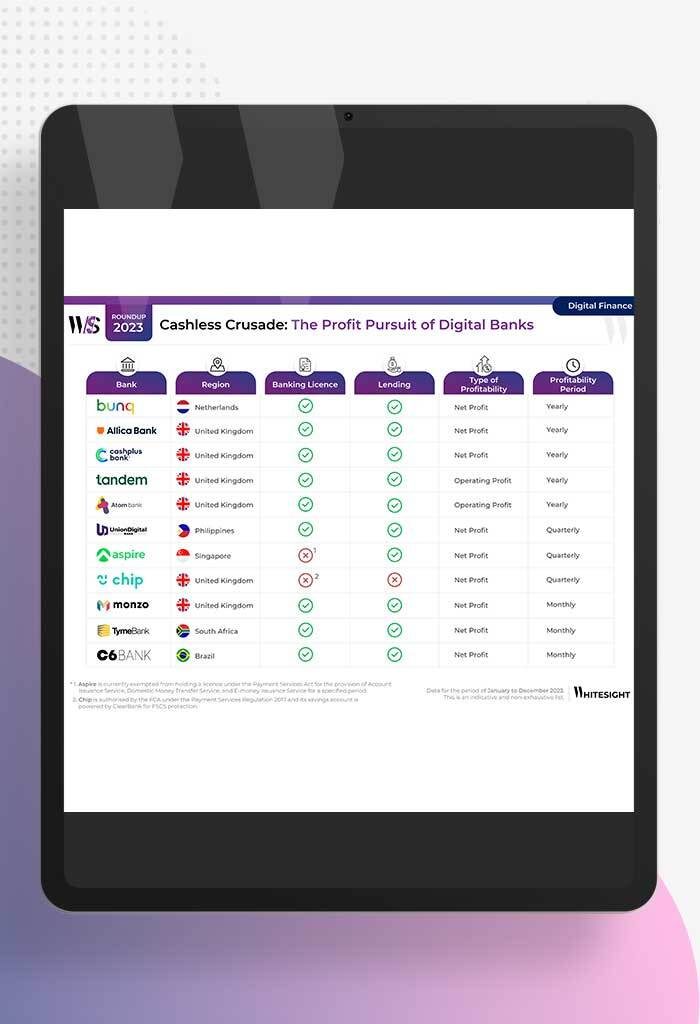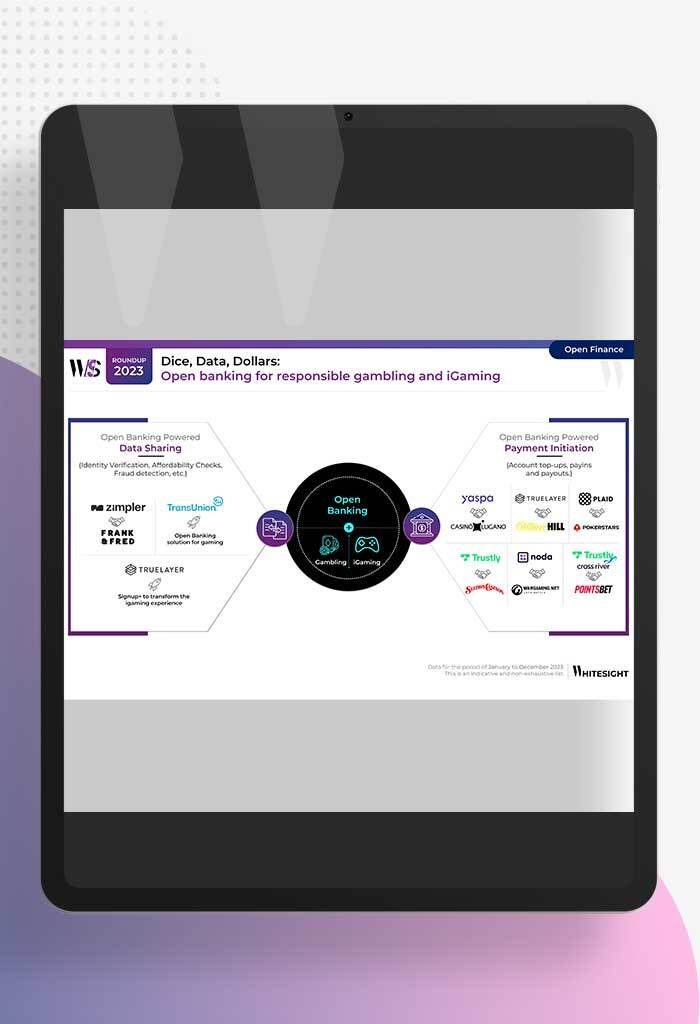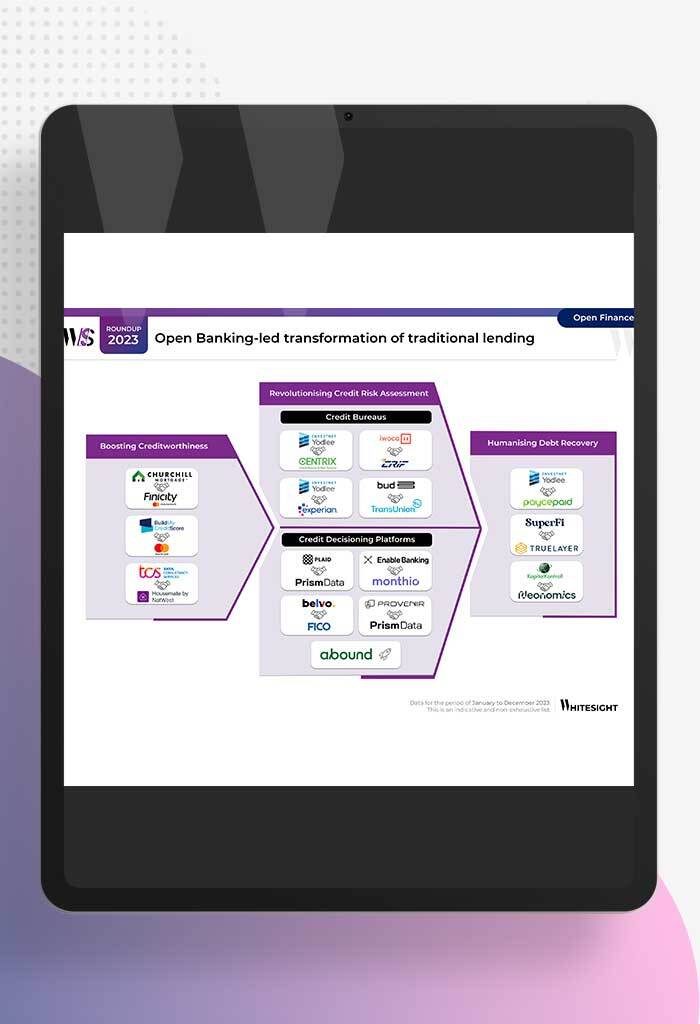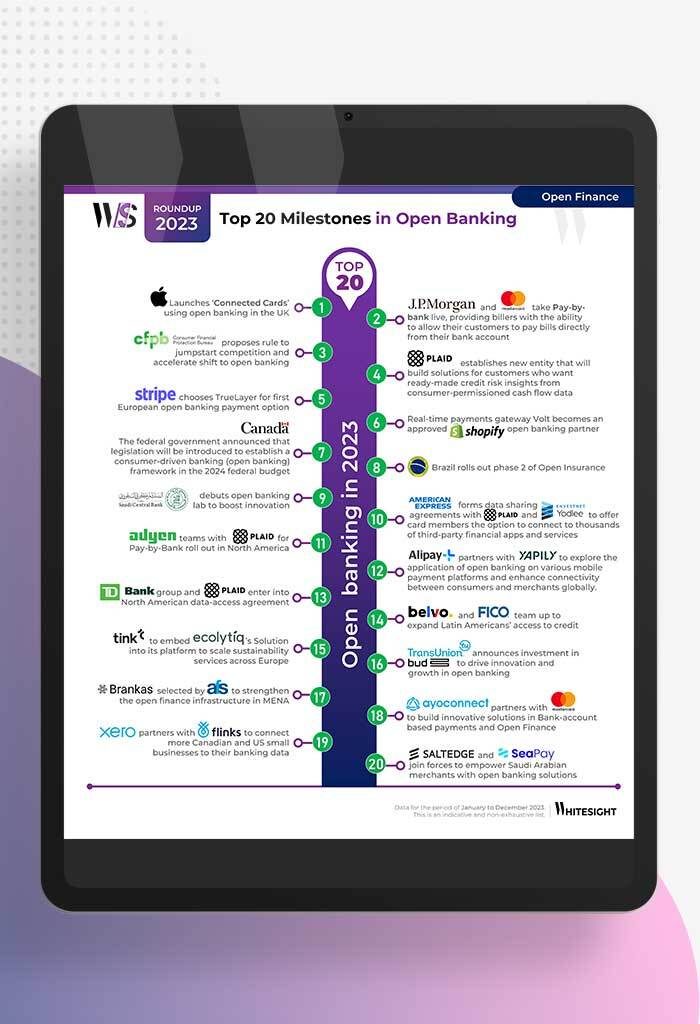2022 BNPL Roundup: Turmoil or Transition?
- Sanjeev Kumar and Kshitija Kaur
- 7 mins read
- Embedded Finance, Insights
Table of Contents
Money and credit go back almost as far as one can remember – it’s inherent in our financial systems. When one’s purchasing power is lower than their expenses, personal loans are usually the best option for most people who qualify. However, these are too large and come with high-interest rates, a ton of credit checks and documentation, and additional fees. The next best option? Credit cards. At the same time, not everyone qualifies for a credit card, and even if they do, not everyone applies. Enter Buy Now, Pay Later (BNPL) as a medium to extend instant, unsecured, interest-free, short-term, low-ticket, and embedded credit in customer journeys to enable convenient shopping experiences and more business for merchants.Although the notion finds its roots back in the 19th century, the last decade is where BNPL has truly flexed its muscle. By allowing an interest-free, alternate financing option to consumers for their purchasing journeys, the BNPL sector promised to build a fertile ground for payment-related experiences to breed on. Estimated to reach $680B in transaction volume worldwide by 2025, the segment has accelerated point-of-sale financing through the various discoverable platforms and card-linked installment offerings.We have cautiously and comprehensively tracked the rumblings and roars […]
This post is only available to members.
Already a subscriber? Log in to Access
Unlock this blog
Gain exclusive access to this blog alone.
Radar Subscription
Select a membership plan that resonates with your
goals and aspirations.
Not Ready to Subscribe?
Experience a taste of our expert research with a complimentary guest account.
We publish new research regularly. Subscribe to stay updated.
No spam.
Only the best in class fintech analysis.
Related Posts
- Kshitija Kaur and Sanjeev Kumar
From Data Streams to Enriched Data Fountains Remember the early days of plumbing? Water flowed freely, but its quality was...
- Samridhi Singh and Sanjeev Kumar
North America’s Open Sesame: Use Cases Bloom Open banking has garnered significant attention in recent years, and at Whitesight, we’ve...
- Samridhi Singh and Sanjeev Kumar
Profitability Unlocked: Licences, Service, and Survival The rise of digital banks has sparked a paradigm shift in how we perceive...
- Sanjeev Kumar and Risav Chakraborty
High stakes in the gambling sector The online gambling industry is booming, with a projected market size of $107.3B by...
- Sanjeev Kumar and Risav Chakraborty
Open Banking-led Transformation of Traditional Lending In 2023, a wave of innovation swept through the lending industry, thanks to several...
- Sanjeev Kumar
Unmasking Open Banking’s Game Changers in 2023 2023 has been a pivotal year in the world of open banking, marked...
